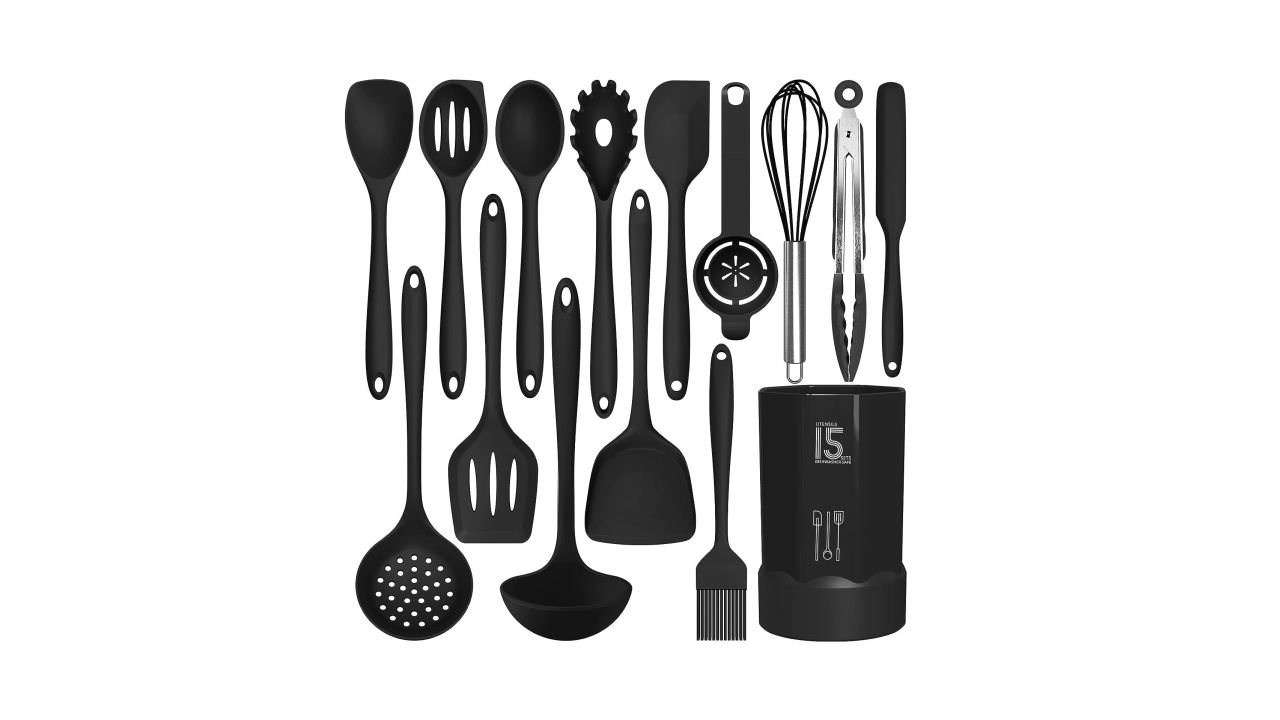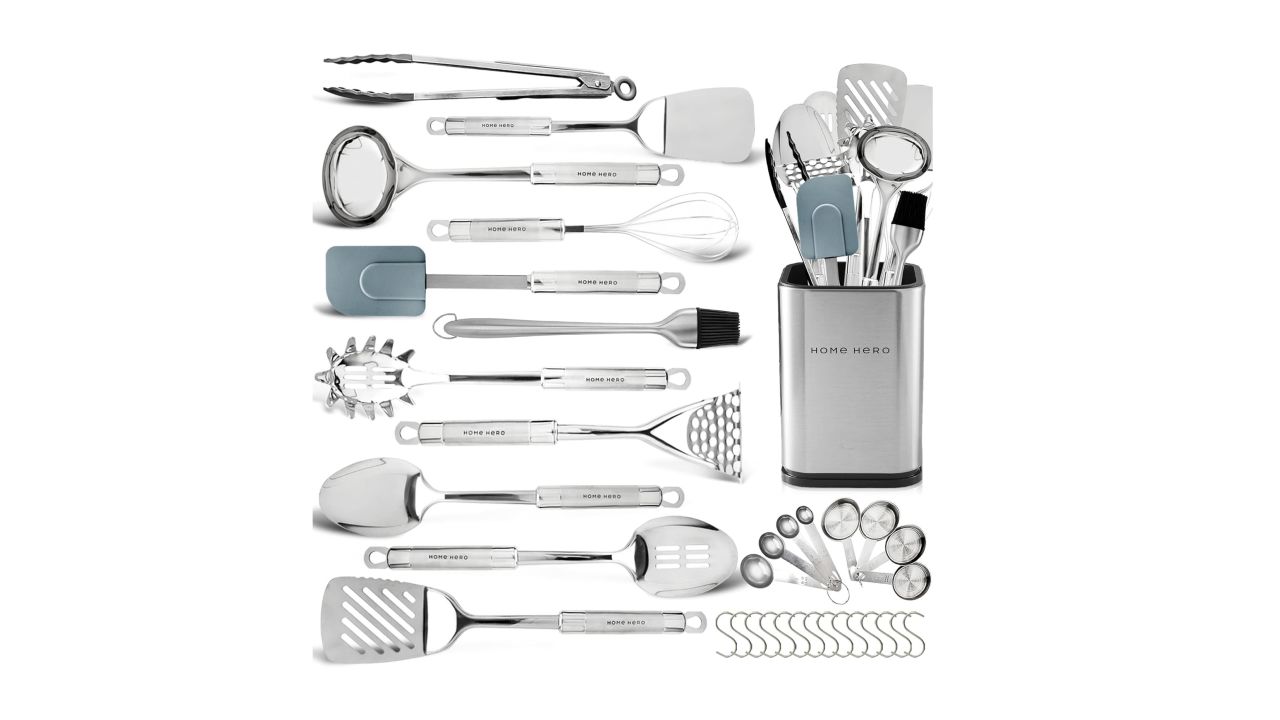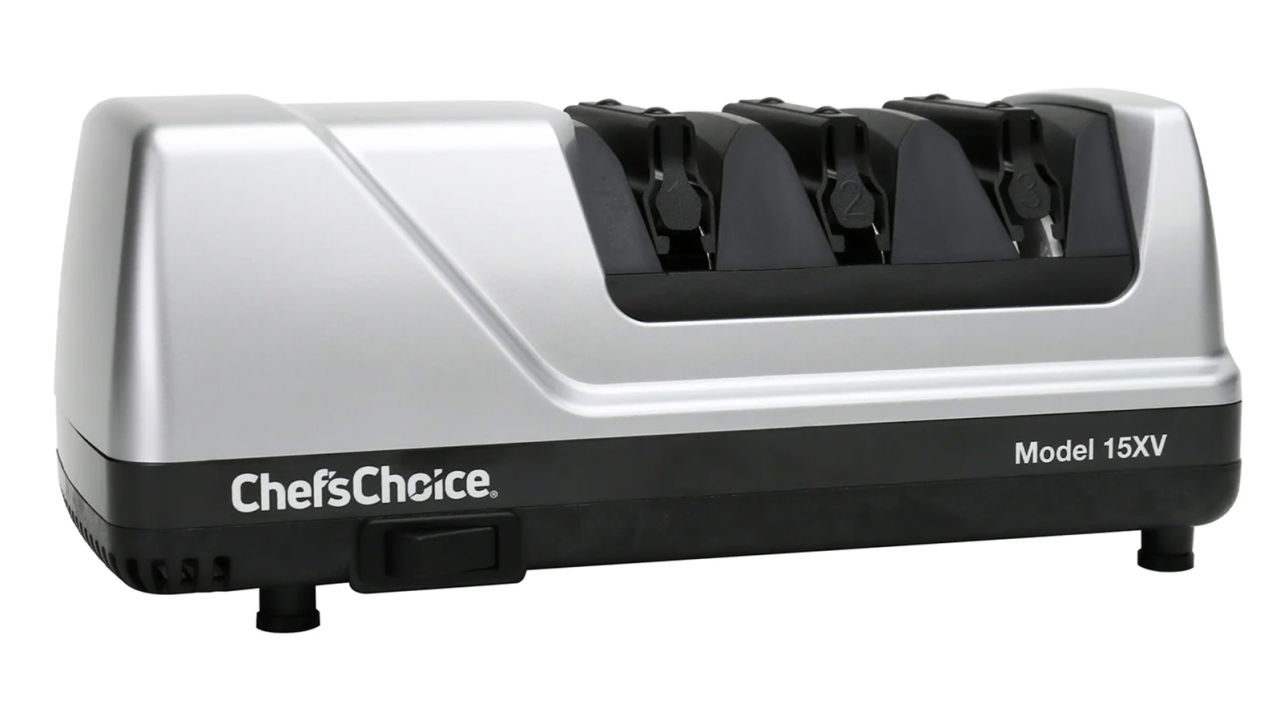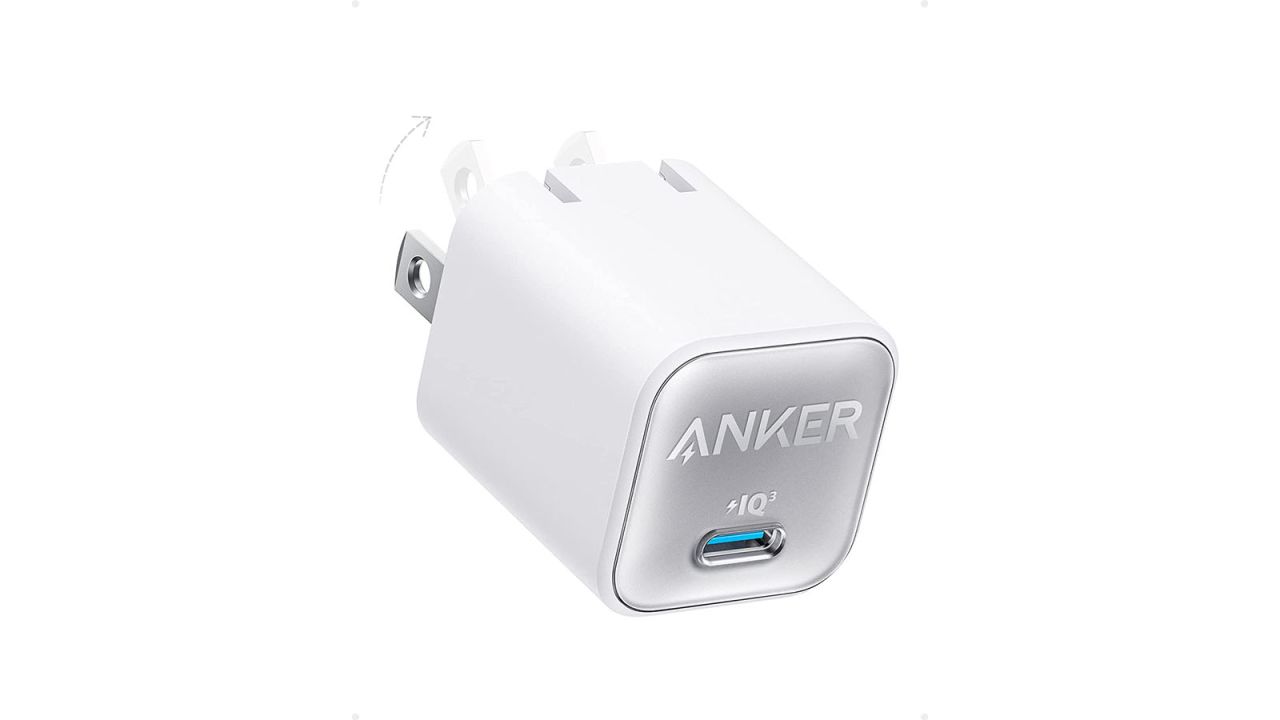Kitchen utensils like spoons, spatulas, whisks and knives have a lifespan —?but knowing when to replace these items can be a bit of a mystery. In addition to basic guidelines for how long these cooking tools can last, there are some signs that a utensil is no longer safe to use.
“Never use a tool that doesn’t look healthy,” says Melissa Ledbetter, the director of marketing and e-commerce for Kuhn Rikon USA, a Swiss brand that makes cookware sets, kitchen essentials and more. “By that I mean a tool that’s damaged, discolored or broken somehow.”
But how long, typically, can kitchen utensils made from various materials last? Is it okay to use a wooden spoon for years or even decades? To answer these questions, we consulted two experts for advice on when to replace common kitchen utensils. Ahead, you’ll find those answers, along with tips for caring for kitchen utensils and signs that indicate it’s time to toss a cooking tool.
How often to replace wooden cooking utensils
Elliot Cao, a co-founder of knife brand Hast, says that wooden cooking utensils should be replaced more frequently than those made from other materials like silicone or stainless steel.
“Wooden and bamboo utensils tend to absorb flavors and colors from food over time and may harbor bacteria if not cleaned adequately,” says Cao. “Typically, when used and washed properly, they can last for one to two years, although frequently used items might require replacement every six months.”
Hast says that some signs it’s time to replace wooden cooking utensils include:
- Signs of wear and tear
- Abrasions or surface damage that can hinder effective cleaning
- Noticeable color change
- Unpleasant or lingering odors
“An unmistakable indicator for replacement is when they develop an unpleasant appearance or odor,” Hast says.
Wooden kitchen utensils worth considering
If your set of wooden cooking utensils is overdue for replacement, this set of five beautiful olive wood spoons and servers with a coordinating storage crock is an excellent value.
Wooden cooking utensils can also come in vibrant colors and whimsical patterns that add some flair to your everyday cooking routine (and a pop of color to your kitchen counter).
Those looking for a single piece, rather than a full set of wooden utensils, will love Tovolo's olive wood slotted spoon. Its low price is great since it's an item that will need to be replaced fairly regularly.
How often to replace bamboo cooking utensils
You might think bamboo cooking utensils are simply the more sustainable choice, but they’re also a bit more durable than wooden utensils. “Bamboo tools last quite a bit longer,” Ledbetter says. “I have seen companies state they can last up to 10 years. They resist cracking more than other wood and hold up better in the dishwasher.”
Bamboo kitchen utensils worth considering
This eight-piece set includes a regular spoon, forked spoon, slotted spoon, mixing spoon, turner spatula, slotted spatula, cooking tongs and matching utensil holder for storage.
For those who don't need a full set of cooking utensils, individual or two-piece sets are a good way to introduce bamboo cooking tools into their kitchen.
How often to replace silicone cooking utensils
“Silicone is long-lasting,” Ledbetter says, but notes that how often it is used, what it is used for and how it is cleaned will all factor into the lifespan of a silicone cooking tool. “Some foods will discolor silicone and any light-colored plastics,” she says. Plus, “silicone can melt if used at the wrong temperatures. A good practice would be to replace these when they become scratched, discolored, melted or damaged.”
Cao also praises silicone cooking tools for their durability. “Silicone utensils offer greater durability and resistance to bacteria, heat and wear,” he says. “With proper maintenance, they can endure for several years. However, silicone utensils with wooden handles may demand special attention during washing.”
Silicone kitchen utensils worth considering
This highly rated 15-piece silicone utensil set comes with standard-issue spoons and spatulas, as well as specialty tools like a ladle, slotted turner, pasta server, flexible basting brush, whisk, tongs and skimmer.
Silicone kitchen utensils, in addition to being durable and versatile, are also available in loads of fun colors. If you can't choose a favorite shade, this set of multicolored kitchen utensils lets you have one of each.
People with small kitchens, or those who don't cook very often and only need a very basic set of tools, may not want an entire 15-piece utensil set. Instead, opt for a pared-down set like this one.
How often to replace metal cooking utensils
“High-quality metal utensils, especially knives, can last a lifetime when used and cared for correctly,” Cao says. “Signs of wear that compromise their functionality or pose a risk of contaminating food should prompt replacement. Corrosion, damage or a noticeable decline in performance are key indications for replacement.”
Stainless steel kitchen utensils worth considering
If you're looking to start fresh with a new set of kitchen utensils, consider investing in a high-quality stainless steel set, like this one from All-Clad. The material is durable and, when properly cared for, can last a lifetime.
For those on a budget, this affordable stainless steel utensil set is a great buy. It includes a basting spoon, slotted spoon, square slotted turner, ladle, skimmer spoon, potato masher, whisk, spaghetti spoon and tongs.
Set yourself up for a lifetime of kitchen success with this massive 32-piece set. It includes basics like spoons and spatulas, as well as specialty pieces like a skimmer, garlic press, cheese knife, tea strainer, wine opener and potato peeler.
How often to replace knives and peelers
If your knives and peelers are made of metal, they can last many years. “If cared for properly, [metal utensils] should not rust and that’s why they are used in professional kitchens,” Ledbetter says. “If they become scratched, bent or rusted they should be replaced but always recycled if possible.”
Signs that a knife, peeler or other metal kitchen tool needs to be replaced include “nicks on the edge and scratches on the blades,” Ledbetter says. “Sometimes certain metals rust if placed in a dishwasher. Some metals, however, have a rusty look to them and may not be rusted. Just be sure to read the use and care of each item. And avoid the dishwasher whenever possible!”
But if your knives and peelers are made of ceramic, you might need to replace them more often. “Ceramics are fabulous and can be very sharp but are easily damaged,” Ledbetter says. “They can be dropped and shattered or cracked when pressing too hard to chop a hard vegetable or meat. That’s why ceramic-bladed tools or cutlery require replacement more frequently. If they have chips in the edge, the sharpness can be reduced and they will not be able to produce a clean slice.”
The best products to protect knives and sharp utensils
Proper storage and organization is essential for ensuring your metal knives and utensils last, Cao says. "Ensure they are kept clean, dry and stored separately. Particularly for knives, store them away from hard surfaces like ceramic, steel and especially other knives."
In our testing of knife sharpeners, this electric model was our top pick. We found it "fast, foolproof to use and solidly constructed." We also have recommendations for manual and budget-friendly knife sharpeners.
"When storing cutlery," Ledbetter says, "it's important to protect the knife’s edge. Either always store it inside a sheath (if placed in a drawer) or a knife block."?This set comes with two universal knife guards that measure 8.5 and 10.5 inches in length.
A countertop silicone rest pad can be helpful when it comes to protecting knives and other cooking utensils while in use. It gives them a cushion to prevent scratching, chipping and other damage when setting them down.



































